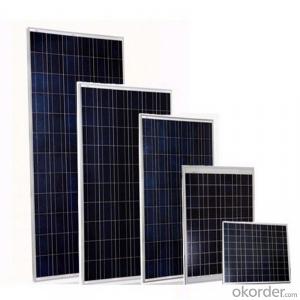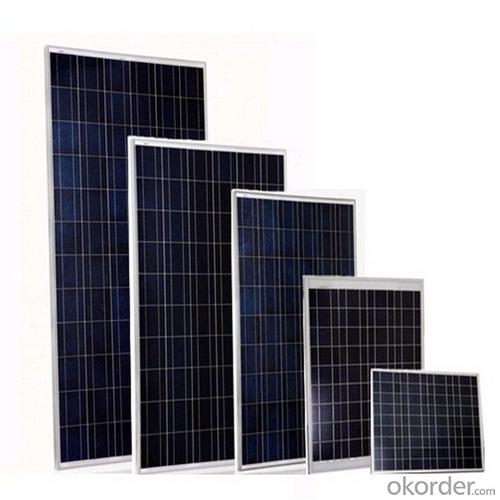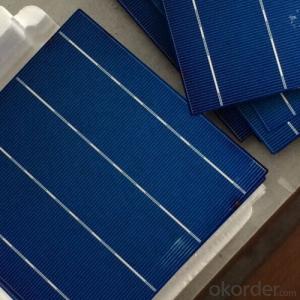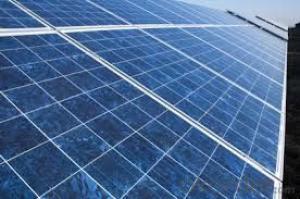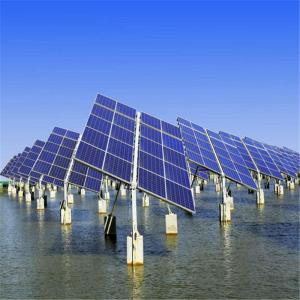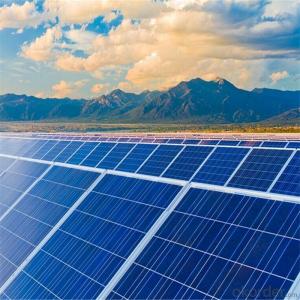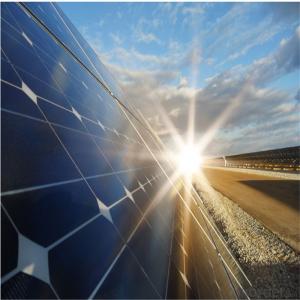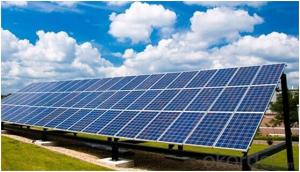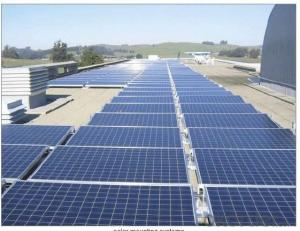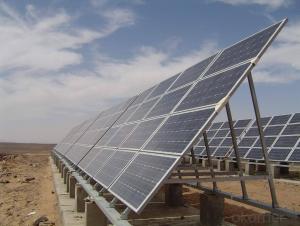240 Watt Photovoltaic Poly Solar Panels
- Loading Port:
- China main port
- Payment Terms:
- TT OR LC
- Min Order Qty:
- 1000 watt
- Supply Capability:
- 500000 watt/month
OKorder Service Pledge
OKorder Financial Service
You Might Also Like
Specification
Instruction
Quality and Safety
1. Rigorous quality control meets the highest international standards.
2. High-transmissivity low-iron tempered glass, strong aluminium frame.
3. Using UV-resistant silicon.
4. IS09001/14001/CE/TUV/UL
5.3w-300w mono & poly solar panel supply
Warranties
1. 10 years limited product warranty
2. 15 years at 90% of the minimal rated power output
3. 25 years at 80% of the minimal rated power output
Feature
1. High efficiency and High power.
2. Long-term electrical stability.
3. Lowest price and Fastest delivery.
4. Good quality and good service.
5.Bulk supply
6. Good Warranty
7.Big Sale
8.High quality
9.More than 35 years on the lifetime.
10 DHL/Fedex/UPS/TNT/EMS etc
Images
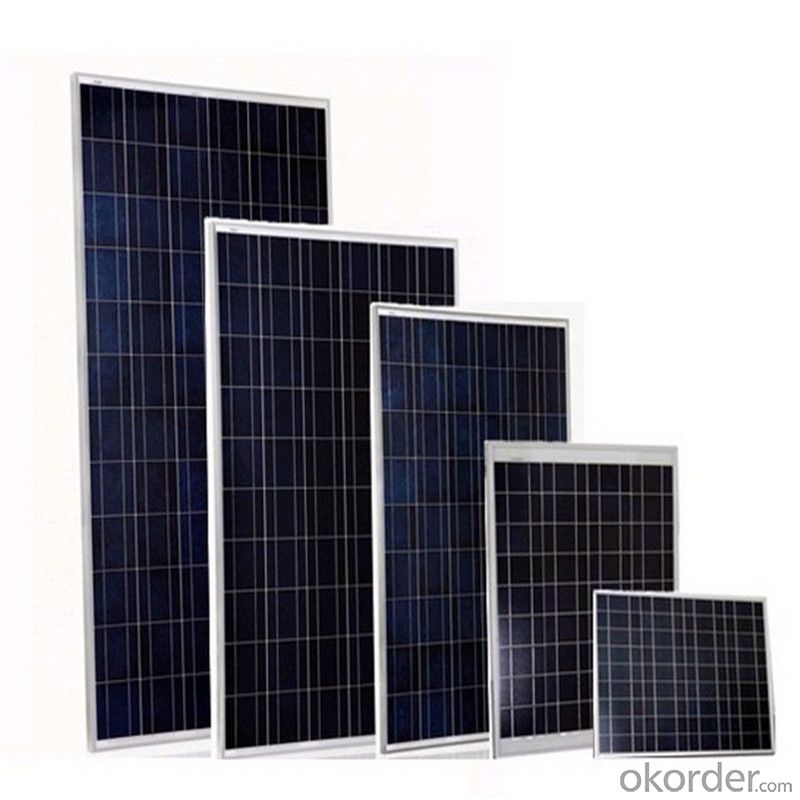
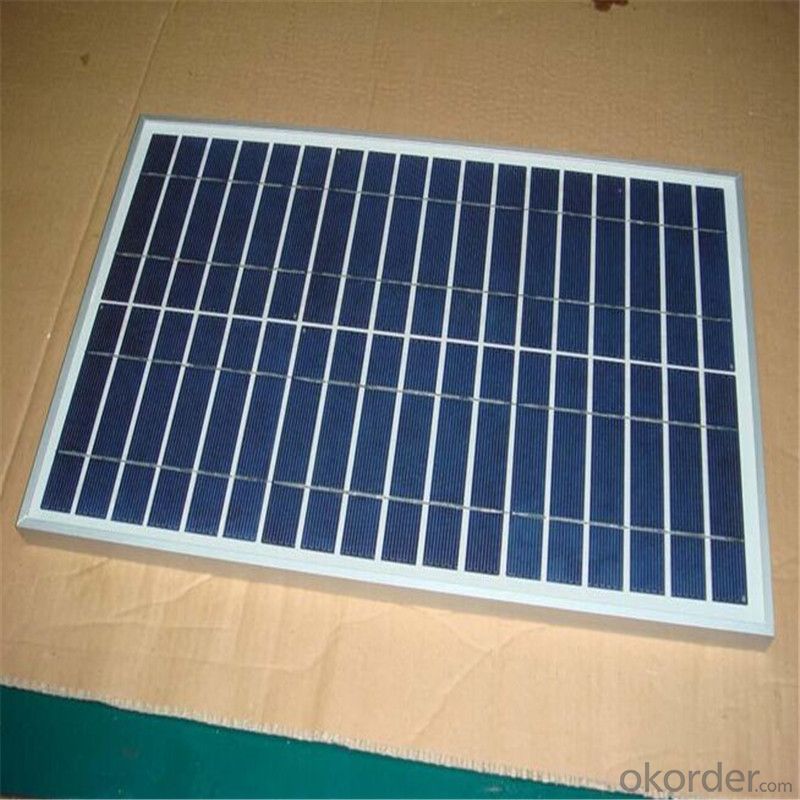
Specification
Model | SIM-100 |
Maximum Power at ST(Pmax)W | 100Wp |
Maximum Power Voltage(Vmp)V | 18.0V |
Maximum Power Current(Imp)A | 5.56A |
Open Circuit Voltage(Voc)V | 22.0V |
Short Circuit Current(Isc)A | 5.9A |
Cell Efficiency(%) | 17.0% |
Module Efficiency(%) | 15.37% |
Operating Temperature°C | -40°C to 85°C |
Maximum system voltage | 1000V(IEC)DC |
Power tolerance | -0.03 |
Temperature coefficients of Pmax | -0.45%/°C |
Temperature coefficients of Voc | -0.27%/°C |
Temperature coefficients of Isc | 0.05%/°C |
Weight(kg) | 7.4 |
Number of cell(pcs) | 4*9 |
FAQ
We have organized several common questions for our clients,may help you sincerely:
1). What’s price per watt?
A: It’s depends on the quantity, delivery date and payment terms of the order. We can talk further about the detail price issue. Our products is high quality with lower price level.
2). Can you tell me the parameter of your solar panels?
We have different series of cells with different power output, both from c-si to a-si. Please take our specification sheet for your reference.
3). How do you pack your products?
We have rich experience on how to pack the panels to make sure the safety on shipment when it arrives at the destination.
4). How long can we receive the product after purchase?
In the purchase of product within three working days, We will arrange the factory delivery as soon as possible. The perfect time of receiving is related to the state and position of customers. Commonly 7 to 10 working days can be served.
- Q: Can solar cells be used in cloudy or rainy weather?
- Yes, solar cells can still generate electricity in cloudy or rainy weather, although their efficiency may be reduced compared to sunny conditions.
- Q: Can solar cells be used in camping or outdoor recreational activities?
- Yes, solar cells can be used in camping or outdoor recreational activities. They are a convenient and environmentally friendly way to generate electricity in remote locations where power outlets may not be available. Solar panels can be used to charge portable devices such as phones, laptops, or camping lights, providing a sustainable source of energy while enjoying outdoor activities.
- Q: What kind of products can be considered as the solar cell products?
- Here are some of the solar cell products I can recall for now:Solar notebook, Solar-powered calculator, Solar-powered desalination unit, Solar-powered radio, Solar-powered refrigerator.
- Q: Can solar cells generate electricity during a blackout?
- No, solar cells cannot generate electricity during a blackout because they rely on a connection to the power grid to operate.
- Q: What is the best way to deal with surplus solar cells abandoned after burning?
- It could be a very good resource to be used, but the technology needs to be more advanced to really deal with that.
- Q: How do solar cells perform in areas with high levels of industrial emissions?
- Solar cells can perform less efficiently in areas with high levels of industrial emissions due to the presence of air pollutants. These emissions can create a layer of grime on the surface of solar panels, reducing their ability to absorb sunlight. Additionally, air pollution can scatter and block sunlight, further reducing the overall performance of solar cells in such areas. Regular cleaning and maintenance of solar panels may help mitigate the impact of industrial emissions on their performance.
- Q: What is the impact of solar cell installations on local economies?
- Solar cell installations have a positive impact on local economies. They create jobs in the installation, manufacturing, and maintenance sectors, boosting employment opportunities. Additionally, solar installations can reduce energy costs for businesses and homeowners, freeing up funds for other investments and stimulating economic growth. Moreover, by reducing reliance on fossil fuels, solar cells contribute to cleaner air and environmental sustainability, attracting green-focused businesses and promoting tourism, ultimately benefiting the local economy.
- Q: How do solar cells affect the value of a property?
- Solar cells can significantly increase the value of a property due to their ability to generate clean and renewable energy. The presence of solar panels can enhance the property's appeal, lower energy costs, and potentially provide a source of income through net metering or selling excess energy back to the grid.
- Q: Can solar cells generate electricity on cloudy days?
- Yes, solar cells can generate electricity on cloudy days, although their efficiency is reduced compared to sunny days. The cells can still convert the diffuse sunlight that penetrates through the clouds into electricity, albeit at a lower rate.
- Q: How do solar cells compare to other renewable energy sources?
- Solar cells are considered one of the most promising renewable energy sources due to their numerous advantages. Unlike other renewables, solar cells can be installed almost anywhere, making them highly accessible. They also have a low environmental impact and require minimal maintenance. Additionally, solar energy is abundant and inexhaustible, providing a consistent and reliable source of power. However, solar cells do have limitations, such as their dependency on sunlight and the high initial costs associated with installation. Despite these drawbacks, solar cells still outshine other renewables in terms of versatility, efficiency, and overall potential for widespread use.
Send your message to us
240 Watt Photovoltaic Poly Solar Panels
- Loading Port:
- China main port
- Payment Terms:
- TT OR LC
- Min Order Qty:
- 1000 watt
- Supply Capability:
- 500000 watt/month
OKorder Service Pledge
OKorder Financial Service
Similar products
Hot products
Hot Searches
Related keywords
